If you’ve got just two full days in London – what were you thinking? – and you want to tick off the big-ticket attractions, plan carefully and follow the sage advice of a London Blue Badge Tourist Guide. Better yet, hire one and have them show you what you would never see on your own on a tour of Westminster Abbey, the Tower of London or even the not-so-simple-as-it-looks Changing of the Guard.
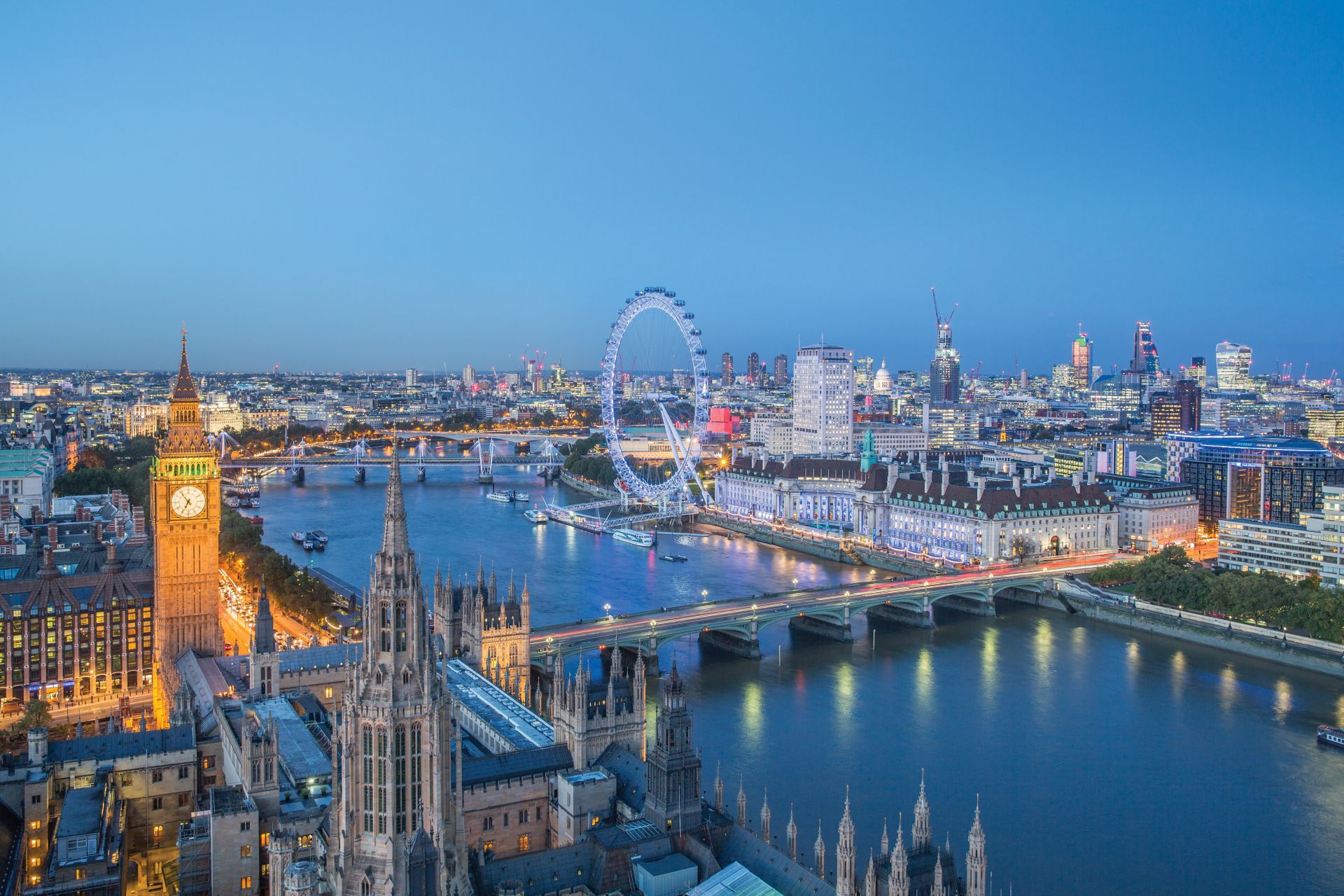 London skyline with Big Ben and the London Eye at dusk. Photo Credit: © Julian Love via Visit London Images.
London skyline with Big Ben and the London Eye at dusk. Photo Credit: © Julian Love via Visit London Images.
48 Hours in London: Day 1
Start your first day at Westminster Abbey for a painless intro to London’s (and England’s) history. We call this church `the nation’s stage’ since most coronations, royal weddings and burials have taken place here for almost a millennium. You might even join the crowds at Buckingham Palace for the Changing the Guard, depending on the day of the week and the season. If you are fortunate enough to be visiting during the 10 weeks in summer when the Queen is on holiday in Scotland, don’t miss the opportunity to tour the 19 State Rooms open to the public at that time.
Walk up the Mall (here it’s pronounced to rhyme with `shall’), the wide, tree-lined and flag-draped ceremonial avenue up to Trafalgar Square for its architectural grandeur, views down Whitehall (the `Capitol Hill’ of London) and the 52m-tall Nelson’s Column honouring the great admiral who stopped Napoleon in his tacks on the high seas. Art lovers can dive into the National Gallery for free – all government museums in London offer free admission – to discover its outstanding collection of more than 2000 European masterpieces.
It’s high time for lunch at this point and you’re in happy hunting grounds; Soho and Covent Garden and their overwhelming choice of restaurants and cafes is minutes away. Just steps to the north is the seafood restaurant J Sheekey, the jewel of the Soho dining scene since the 1890s. Beyond that, you’ll find Dishoom, with its Bombay café-style Indian food. Closer to Leicester Square is Brasserie Zédel, possible the French-est eatery north of Calais.
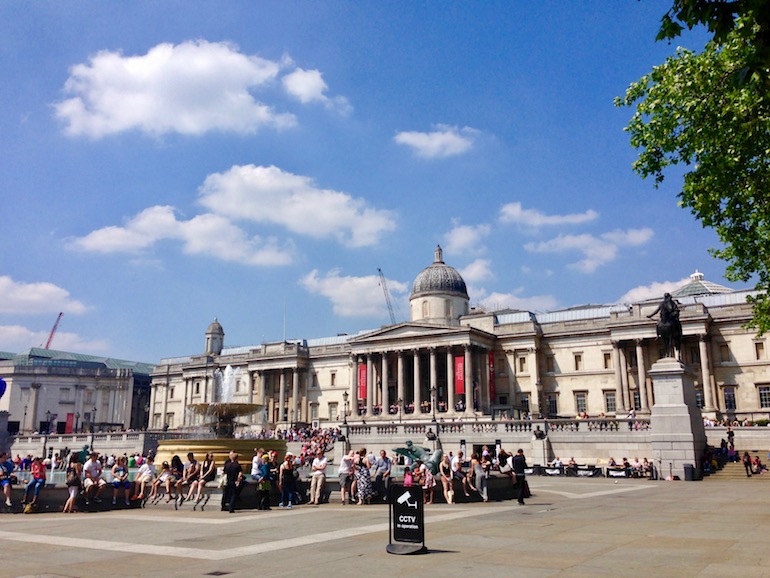 Partial view of Trafalgar Square and the National Gallery in London. Photo Credit: © Ursula Petula Barzey.
Partial view of Trafalgar Square and the National Gallery in London. Photo Credit: © Ursula Petula Barzey.
After lunch, walk across pedestrian Hungerford Bridge to the South Bank (ideally with a pre-booked ticket in hand) for the London Eye, and enjoy a 30-minute revolution in the city skies, with superb views of anything from as close as the Houses of Parliament to faraway Wembley Stadium. The promenade along the South Bank is especially beautiful in fine weather; follow it into the bowels of the Tate Modern for some top-class modern and contemporary art. Not all of it is immediately identifiable as such, though; ask a Blue Badge Tourist Guide to help you make sense of it all. After your visit, enjoy the views of the Thames and the City of London skyline from elegant Millennium Bridge.
If you’re looking for dinner with an exclamation point, head for Skylon in the Royal Festival Hall, with its retro-futuristic décor, contemporary British cuisine and stunning views.
Depending on what you fancy and the time of year, you might catch a performance at the reconstructed Shakespeare’s Globe theatre, which stages productions between April and October. ‘Groundling’ (standing) tickets can be bought at the last minute, but book ahead for proper seats. The adjoining pint-sized Wanamaker Theatre, lit solely by candles, is open all year. If you prefer something less observatory and more participatory, join the post-work crowds in the pubs around London Bridge for real ales and deeply seasoned, historical ambience. Our favourite is the George Inn, a lovely magnificent galleried coaching inn – the last of its kind in London – owned by the National Trust. If the weather is fine and you’d like river views, opt for the Anchor Inn.
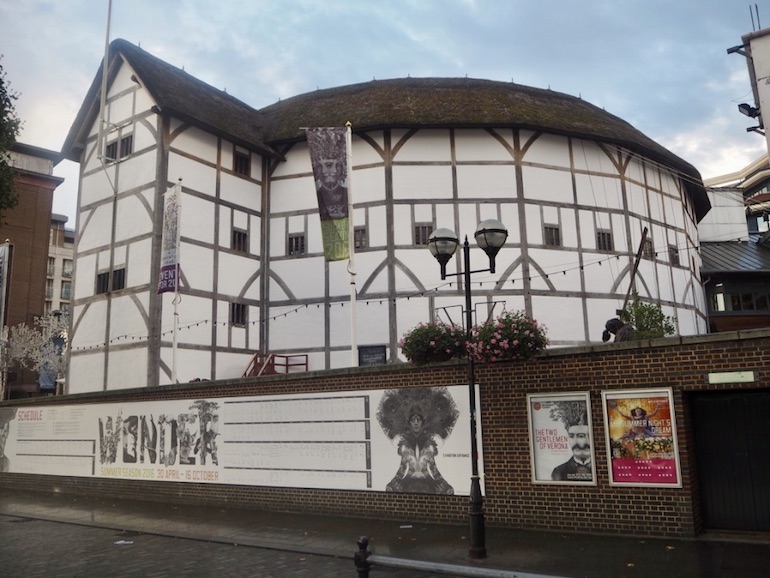 London Theatreland: William Shakespeare Globe Theatre. Photo Credit: © Ursula Petula Barzey.
London Theatreland: William Shakespeare Globe Theatre. Photo Credit: © Ursula Petula Barzey.
48 Hours in London: Day 2
On your second day, head for the City of London, the borough that looks the most modern (it’s the dominant financial centre) but is where the Roman’s first settled in the 1st century AD and is actually the oldest. The so-called Square Mile is home to the sprawling and ancient Tower of London, dating back to William the Conqueror. Here in this complex of turrets and towers, you’ll encounter the famous Yeomen Warders, or Beefeaters, in their finery; the ravens that can never leave the tower lest it fall; the magnificent (and very real) Crown Jewels; and even Henry VIII’s armour, worn when he really was a young prince charming. And then there’s the infamous scaffold, with its fascinating and very macabre stories to tell. A visit to the tower, which is really a castle, is truly a highlight of any visit to London. When you’re finished, admire the iconic Tower Bridge from the banks of the Thames or through the glass floors of the walkways connecting the two towers 42m above the river.
For a substantial cold lunch and a bottle of wine, head across Trinity Square for the Wine Library, a cave (cellar) restaurant where a buffet of array of pâtés, farmhouse cheeses, thinly sliced Dorset ham and vegetarian mousses awaits. For a more traditional pub lunch the nearby Hung, Drawn and Quartered is worth a visit just for its name (though the food is quite good too).
After lunch, hop on a retro double-decker bus 15 and head for St Paul’s Cathedral, the Baroque masterpiece completed by the architect Christopher Wren in 1710. From here catch the Underground’s Central line for four stops to Tottenham Court Road, the closest station to the British Museum, for superlative shots of world culture. Under one roof you’ll find treasures stretching over 7000 years, including such important objects as the Rosetta Stone, the Elgin (or more accurately Parthenon) Marbles, Egyptian mummies and the Lewis Chessmen, made even more famous by moonlighting as Wizard Chess in Harry Potter and the Sorcerer’s Stone. A Blue Badge Tourist Guide can guide you seamlessly through the collection’s highlights. Round off the afternoon with afternoon tea at Tea & Tattle across the road or head for Hakkasan Hanway Place for Cantonese delicacies.
After taking a dinner stroll through colourful Chinatown and Soho and make your way to Leicester Square for people-watching. There are literally dozens of pubs, bars and cocktail bars along the way from which to choose. Among our favourites is the Experimental Cocktail Club on Gerrard Street in Chinatown for cocktails and the Lamb & Flag off Long Acre for a pint.
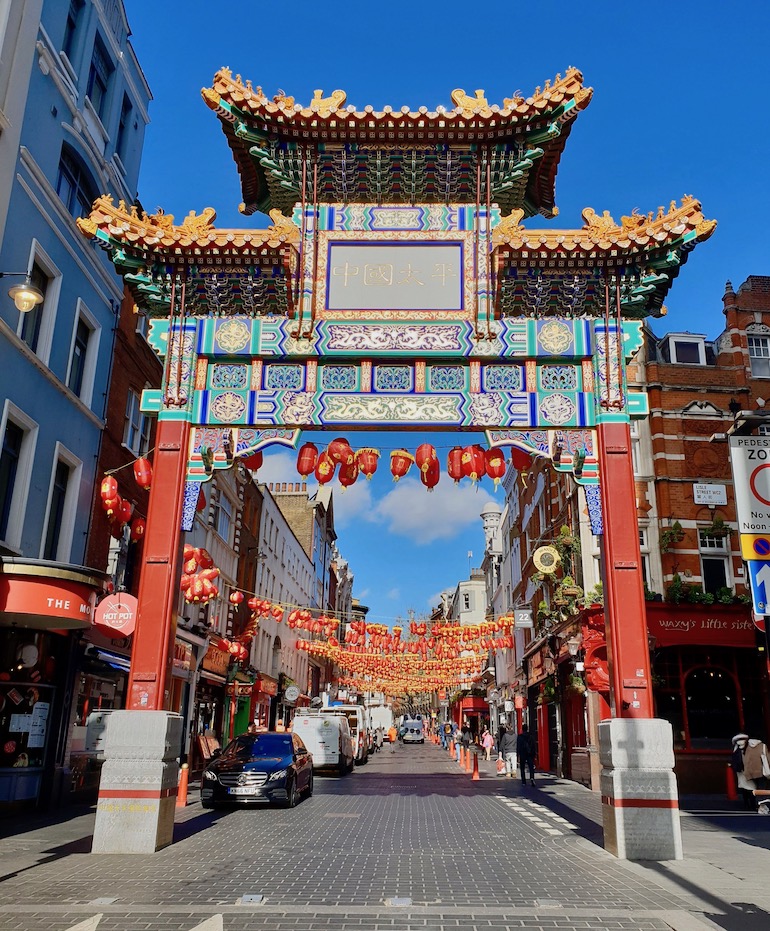 A gate on Wardour Street one of the entrances to Chinatown in London. Photo Credit: © Ursula Petula Barzey.
A gate on Wardour Street one of the entrances to Chinatown in London. Photo Credit: © Ursula Petula Barzey.




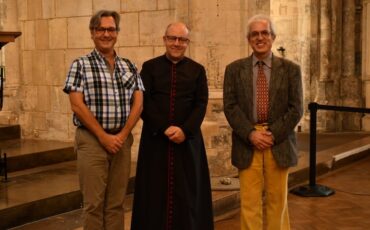


Leave a Reply